A stroll in Giverny: Claude Monet's house
Today I would like to share my experience in Giverny in Normandy: Claude Monet's house.
The house he lived in for 43 years. There, you can admire the water lily pond and his magnificent garden flowers which inspired many of his paintings. In his house, you can also find numerous paintings which are less well-known!
Anyway, Monet is one of my favourite painters, so I'm very happy to be writing a little bit about his life story.
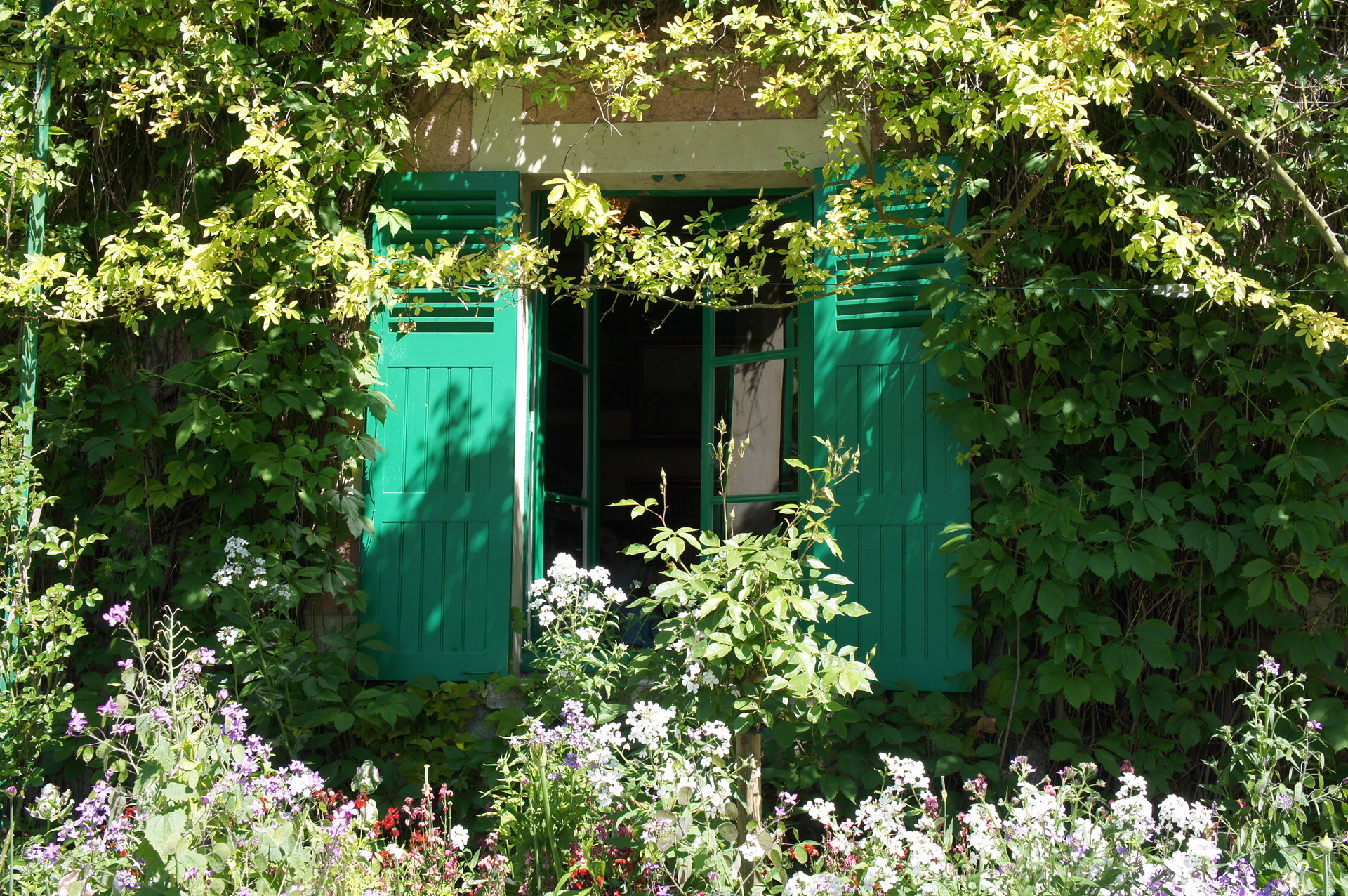
A little history...
Until the age of 40, Monet could barely provide for his family, even with his fabulous paintings and bright colours. Like other impressionists, their style of avant-garde painting wasn't fully understood, and it was harshly criticised by art critics.
Although he believed in his new approach to painting and he moved towards the impressionist movement, he suffered from depression and doubted himself.
According to some reports, he destroyed an important number of paintings, around 500 pieces of work. Monet burnt them, cut them up or threw out the pieces he didn't want. His rubbish is worth millions today!
In 1880, Monet started earning a certain recognition for his paintings. He managed to save enough money to buy a house with a lot of land in the 'little sleeping town of Giverny'.
Monet moved to that house with his second wife and his eight children in 1883.
Giverny is only 75 kilometres north-west of Paris. The location was far away enough from Paris for Monet to enjoy a calm life but also close enough to have an easy access to the active artistic scene. He went to Paris several times to exhibit his work and to meet his fellow impressionists.
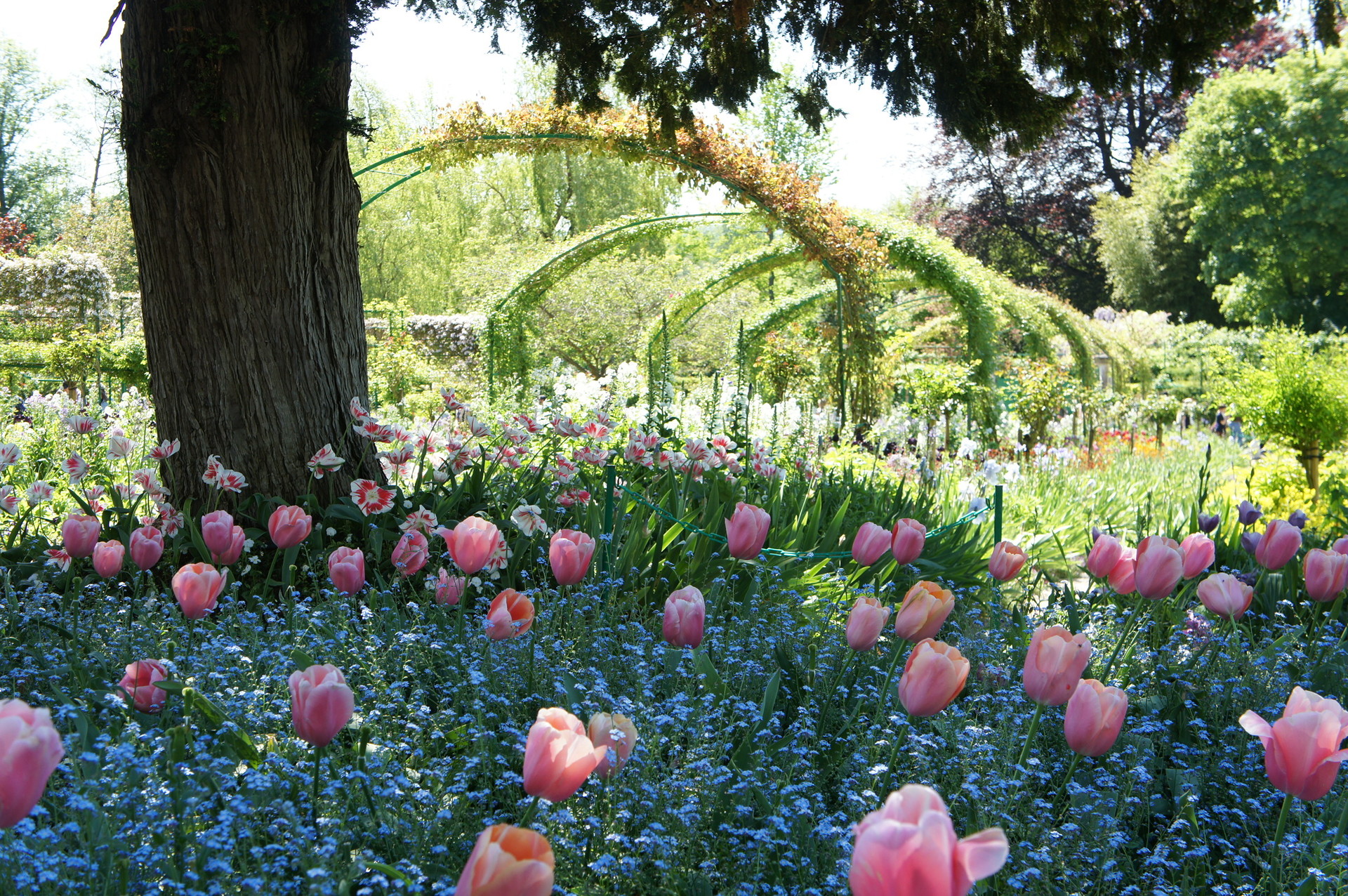
The visit: the different areas
The water garden
The water garden has a superb selection of flowers and willow trees. It's here, in front of this pond, that Claude Monet painted his famous water lilies, which you can find in the Musée de l’Orangerie in Paris.
What I find amazing is that Monet grew the flowers himself. He was a gardener as well as an artist, and he did up his garden using his artistic eye.
He spent long hours designing and working in his garden.
The little green bridge, the peony bushes and the bamboo trees symbolise and show the love Monet had for Japan.
The garden is full of colour and light which Monet liked recreating in his pictures.
The front of the house
Outside his house, there's a huge range of different flowers: daffodils, iris, peonies, nasturtiums, roses and narcissus to name just a few! Spring is definitely the best time to visit.
The inside of his house
The ground floor: the studio, the blue room, the dining room and the kitchen.
The inside decoration stays true to the way the rooms were normally decorated in the era of Monet.
On the ground floor, when you go into Monet's workshop you can see a number of reconstructed pieces displayed on the walls. You'll also find the 'Blue Room' (his reading room) and the kitchen.
The dining room displays the magnificent collection of Monet's Japanese sketches, and remarkable pieces from artists such as Katsushika Hosusai.
The bedrooms
All the bedrooms are on the first floor, and just to let you know, in Claude Monet's actual room, there are replicas of paintings from other impressionist artists of his time displayed on the walls.
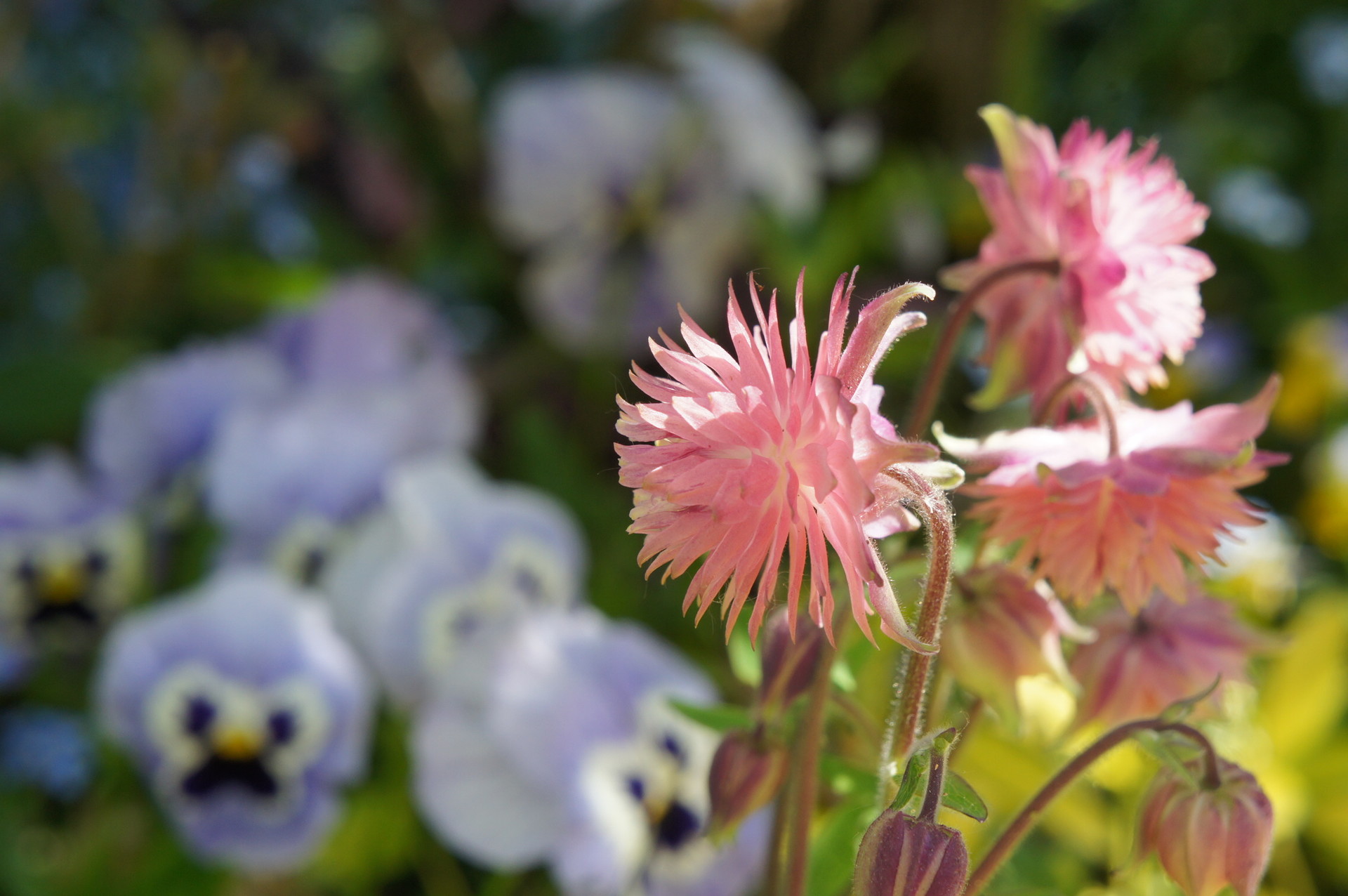
And after visiting his house?
After having visited the house, I highly recommend spending a little time in the 'Museum of Impressionism', it's right next to the house. You can go there and find out about the origins of impressionism and the influence it had on the world of art.
It's a little charming museum that I really liked. I was able to discover new artists too.
If you have a little more time, you could also walk around the museum gardens, which are just as beautiful as Monet's gardens.
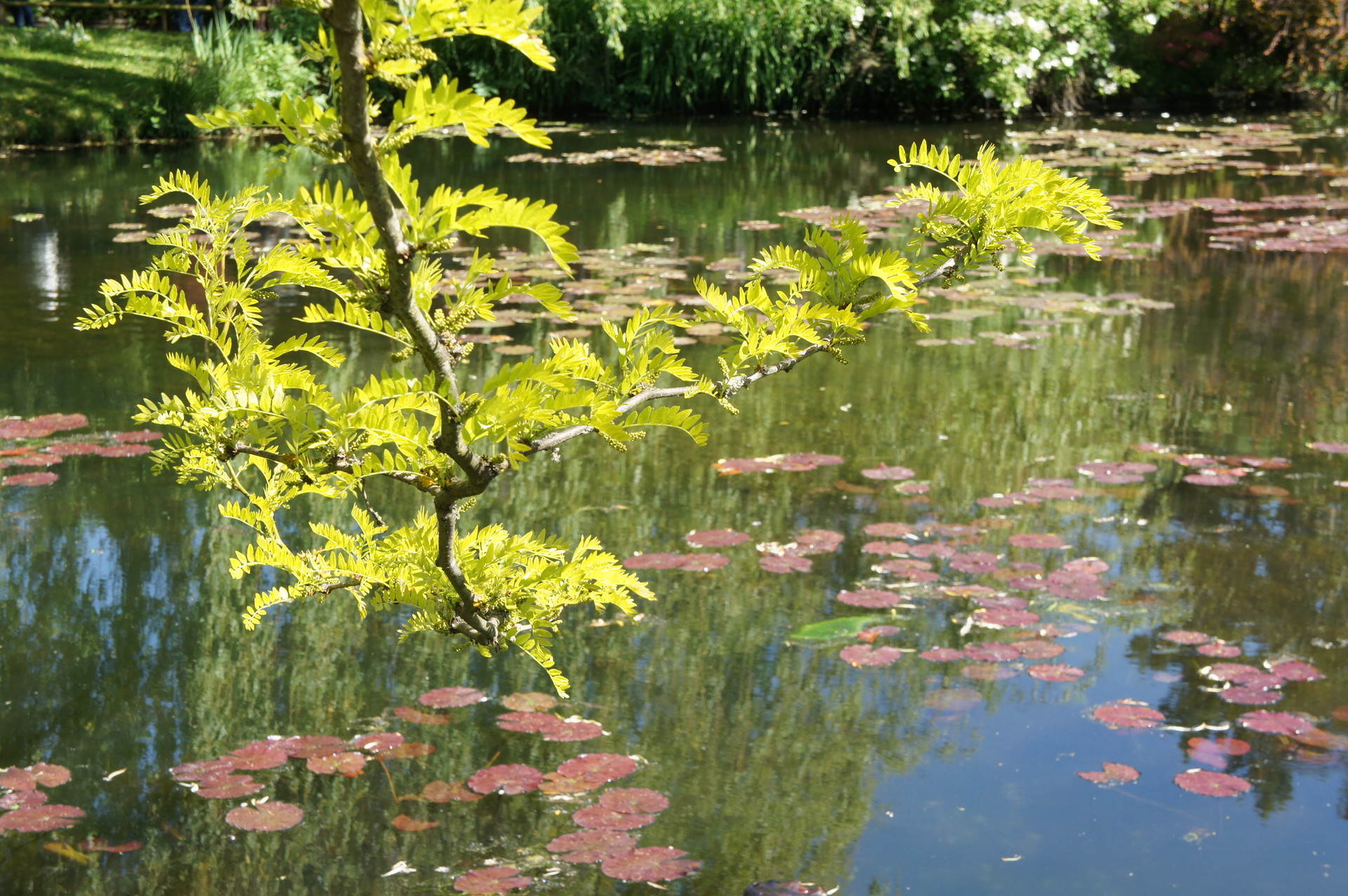
How do you get to Giverny?
The quickest way to get to Giverny from Paris by public transport is by taking the train.
- Take the metro to the station called 'Paris Saint-Lazare'
- Take the train from the station 'Paris Saint-Lazare' to Vernon, a lovely little town which is only 45 minutes away on the fast train.
- Then from Vernon, there's shuttle service in front of the train station which takes you to Monet's house in Giverny.
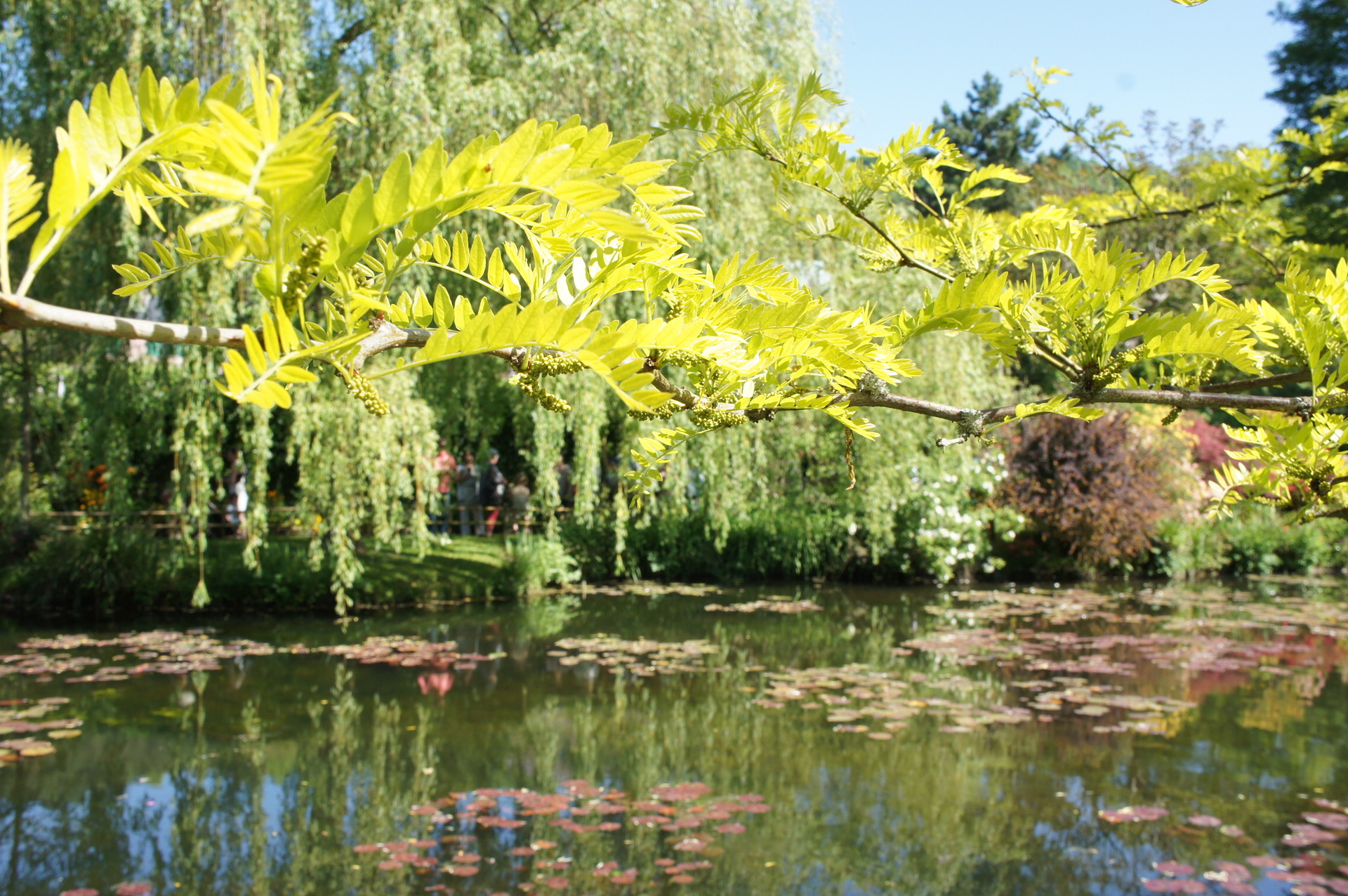
My advice
- If you wish to take a photo of the bridge, without there being a crowd, I would advise you to get there as soon as it opens and go straight to the water garden.
- Buy your tickets online before going. Online tickets can be used on any day and it means you don't have to queue up to buy your ticket when you get there.
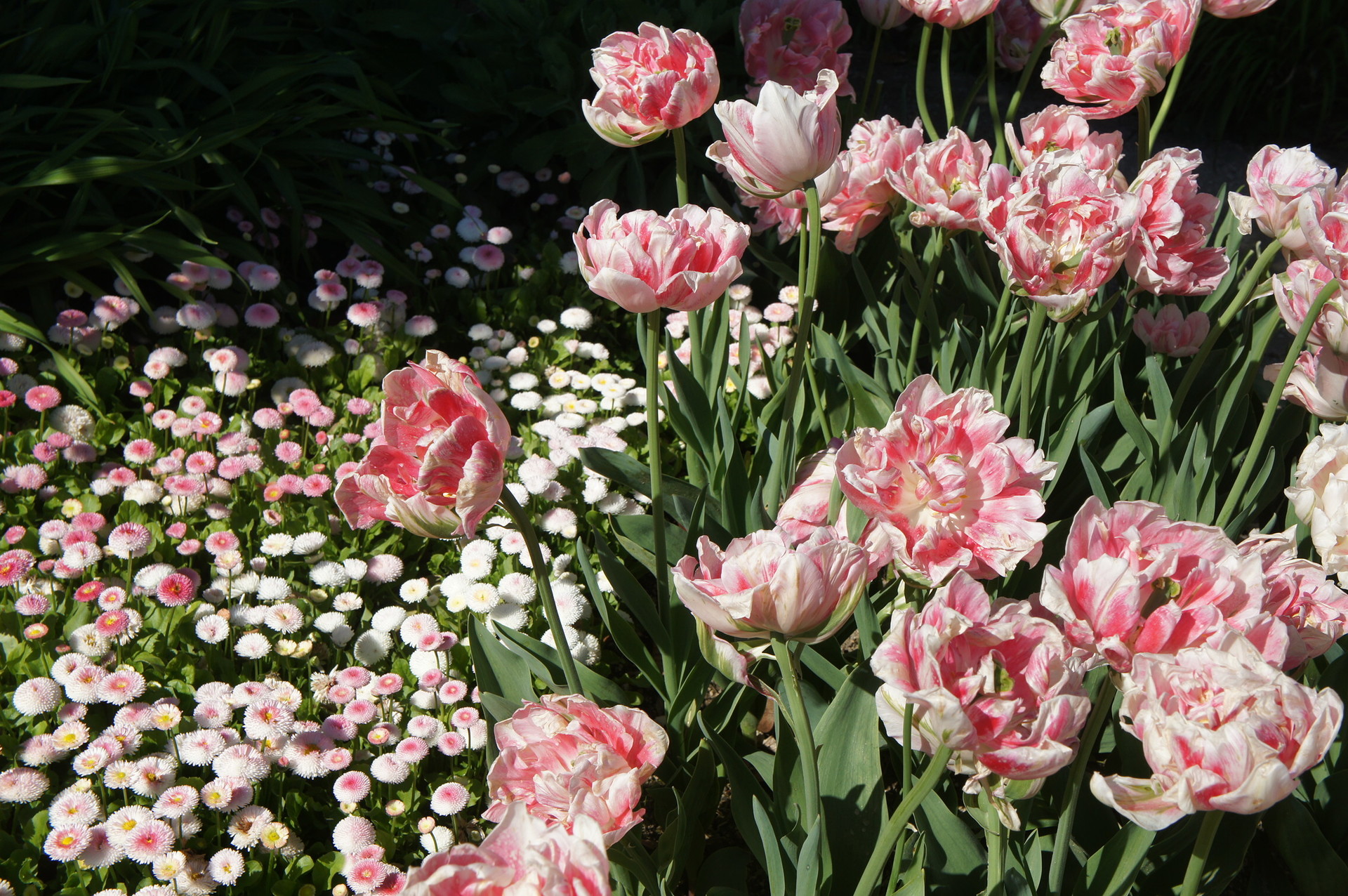
Conclusion
This charming house and little picturesque town are a must-see if you ever go to Normandy!
You feel like you're in one of Monet's paintings when you visit the flower garden.
Everything in the garden is so magical and beautiful. It's no wonder that Monet never got bored of painting his garden!
Even though I admit that I prefer visiting his garden in Spring, it's very beautiful, no matter what season you go in.
It's also the perfect excursion to re-energise and make the most of the fresh air in Normandy at the same time.
The only small glitch would be if you were to go in the high tourist season (in spring, etc): it's not as pleasant because of how many people there are. It's difficult to move around the garden and there's a long queue to go inside the house.
Lastly, I would like to finish with this quote I love:
"Water lilies is an extension of my life. Without the water, the lilies cannot survive, as I am without art. " - Claude Monet.
Thank you for reading and have a good day!
Photo gallery
Content available in other languages
- Français: Une balade à Giverny : La maison de Monet
- Español: Un paseo por Giverny: la casa de Monet
Want to have your own Erasmus blog?
If you are experiencing living abroad, you're an avid traveller or want to promote the city where you live... create your own blog and share your adventures!
I want to create my Erasmus blog! →












Comments (0 comments)